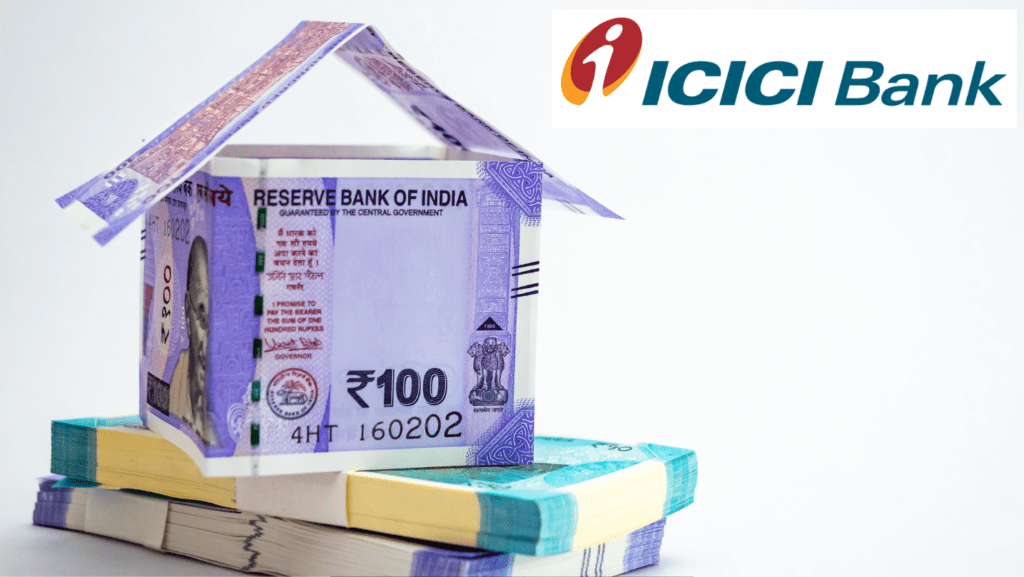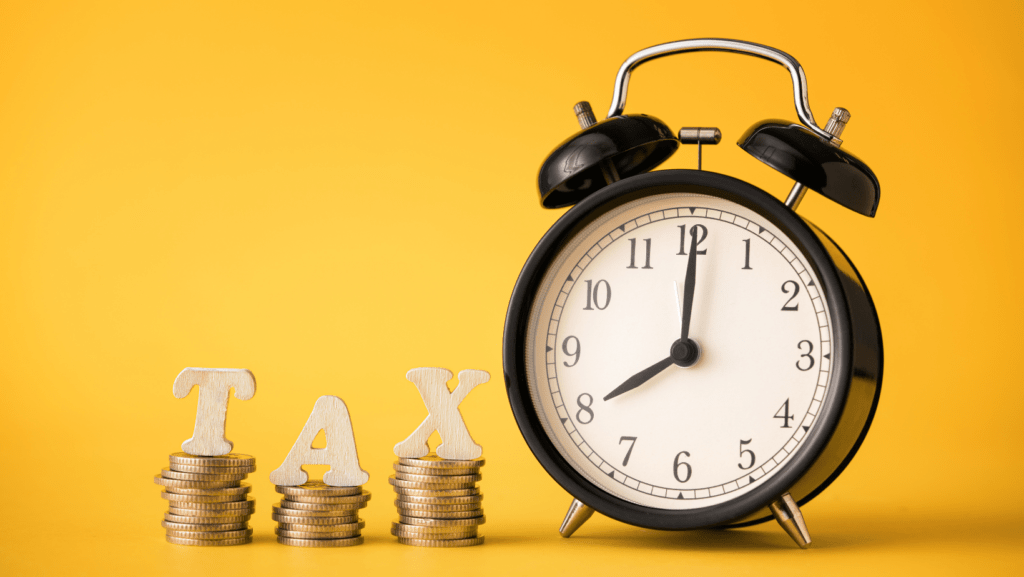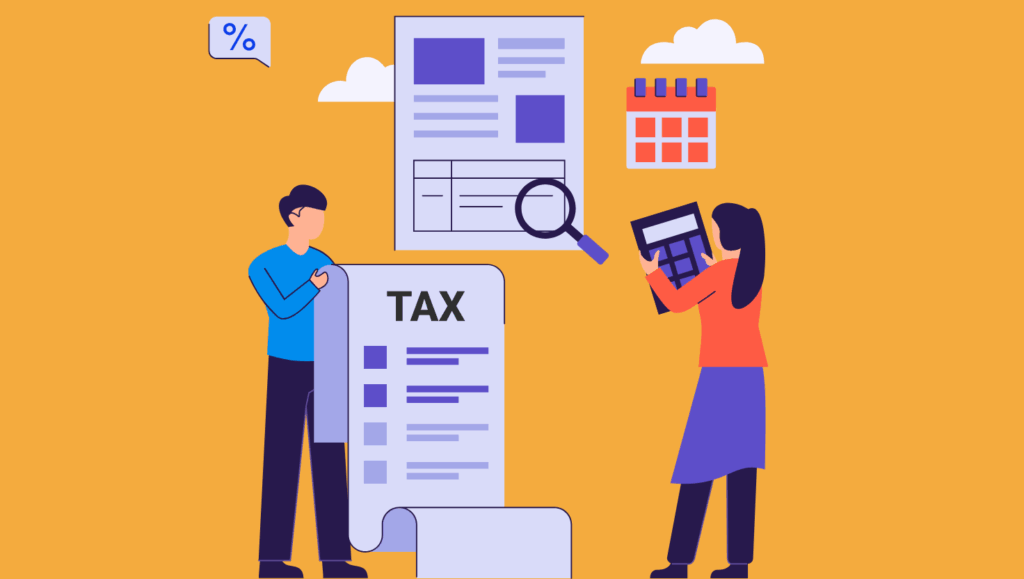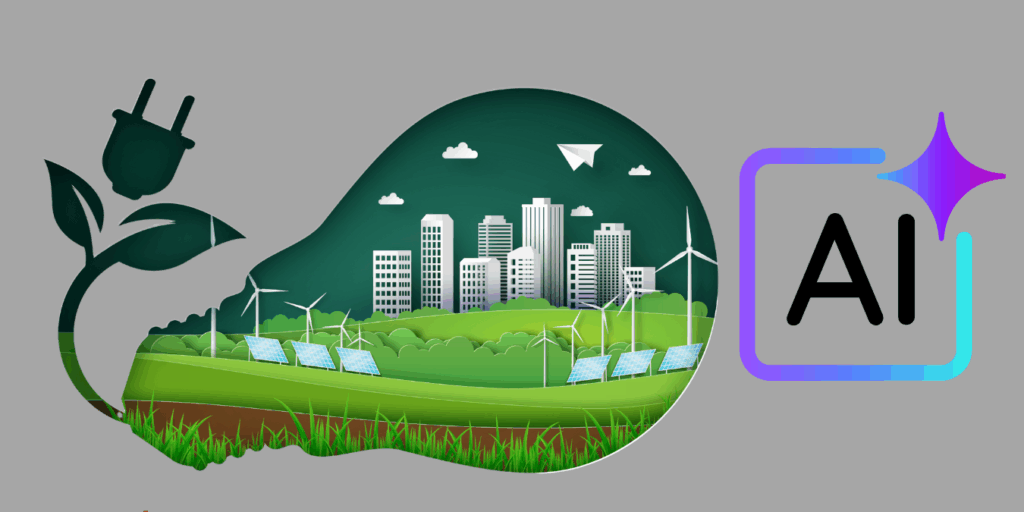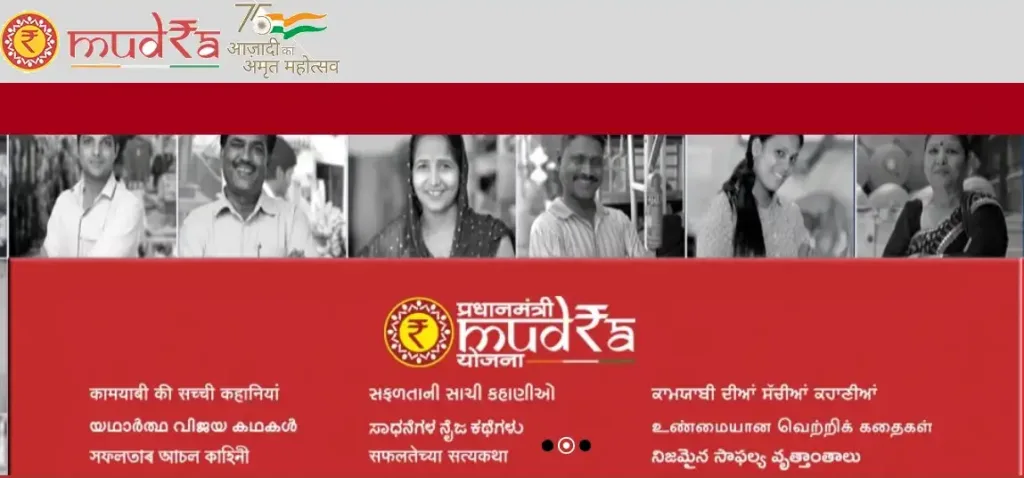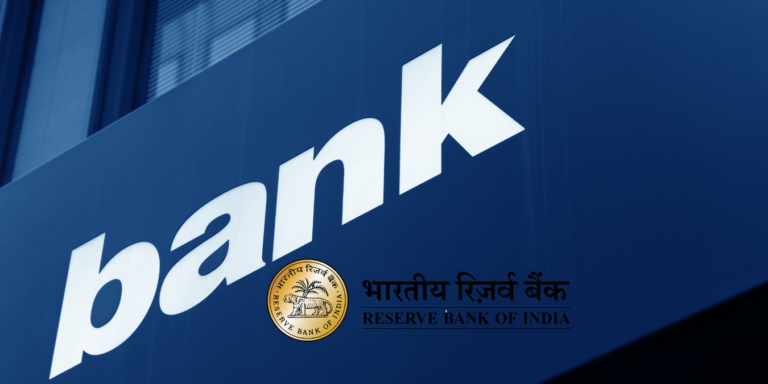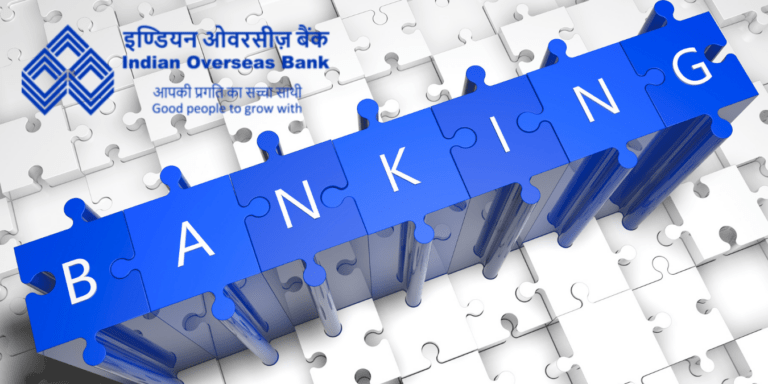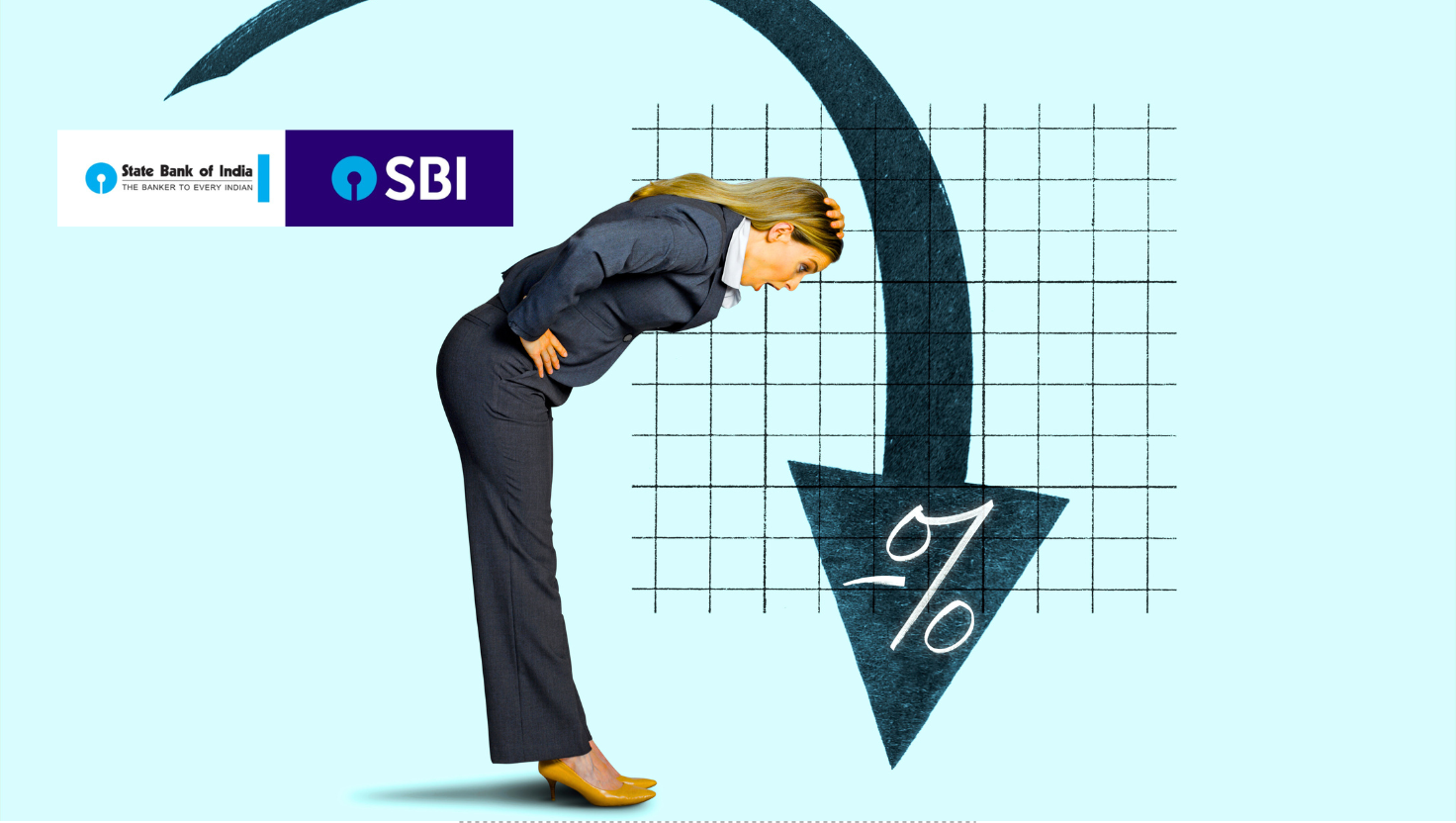
SBI’s MCLR rate cut on August 15, 2025, just unlock savings on your loan EMI? With rates dropping 5 bps across tenors, your home or car loan could cost less—but will it? How much can you save? Are all loans affected?
On August 15, 2025, the State Bank of India (SBI), the nation’s largest public sector bank, announced a 5 basis points (bps) reduction in its Marginal Cost of Funds Based Lending Rate (MCLR) across all tenors, effective immediately. This subtle yet significant move has sparked curiosity among borrowers: Will your home loan EMI shrink? Could this signal cheaper borrowing in India’s post-pandemic economy? Let’s dive into the suspense, decoding the intricacies of SBI MCLR rates, their impact on loan EMIs, and what this means for your financial future. With the latest data, real-world examples, and expert insights, we’ll uncover whether this is a game-changer for home loans, car loans, personal loans, and more. Buckle up for a deep dive into the world of SBI loan interest rates and EMI calculations!
What is MCLR, and Why Does It Matter?
First, let’s unravel the mystery of MCLR. Introduced by the Reserve Bank of India (RBI) in April 2016, the Marginal Cost of Funds Based Lending Rate replaced the outdated base rate system to ensure faster transmission of monetary policy changes to borrowers. Unlike fixed-rate loans, MCLR is a dynamic benchmark, recalculated monthly by banks like SBI. It factors in costs like deposit rates, repo rates, operating expenses, and cash reserve requirements. For borrowers, MCLR is the foundation of loan interest rates, directly influencing EMIs for home loans, car loans, personal loans, and education loans. But here’s the twist: not all loans are tied to MCLR. Some are linked to external benchmarks like the repo rate or External Benchmark Lending Rate (EBLR). So, is your loan affected by this cut? The suspense builds as we explore further.
Why Choose a Loan Against Fixed Deposit? Top Benefits for Indian Borrowers
Why Choose ICICI Personal Loan? Flexible 72-Month Tenure & Zero Hidden Charges
No Indian Bank Account? No Problem! Use UPI for Easy Payments
IDFC FIRST Bank Ashva Metal Credit Card: Get 10x Reward Points, International Lounge, and more
SBI’s Latest MCLR Rate Cut: The Numbers
SBI’s announcement on August 15, 2025, lowered MCLR rates by 5 bps across all tenors, making borrowing marginally cheaper. According to official data, the revised SBI MCLR rates are:
| Tenor | Existing MCLR (%) | Revised MCLR (%) |
| Overnight | 7.95 | 7.90 |
| One Month | 7.95 | 7.90 |
| Three Month | 8.35 | 8.30 |
| Six Month | 8.70 | 8.65 |
| One Year | 8.80 | 8.75 |
| Two Years | 8.85 | 8.80 |
| Three Years | 8.90 | 8.85 |
This reduction follows the RBI’s decision to maintain the repo rate at 6.50% in its August 2025 Monetary Policy Committee meeting, with inflation stable at 4.8%—within the RBI’s 4-6% target. Compared to July 2025, where the one-year MCLR was 8.80%, this cut could save borrowers thousands over their loan tenure. But how does this translate to your EMI? Let’s peel back the layers.
How MCLR Impacts Your Loan EMI
MCLR serves as the base rate for most floating-rate loans, with a spread added based on factors like your credit score, loan type, and tenure. For example, a home loan might carry an interest rate of MCLR + 0.50% to 2.00%, depending on your CIBIL score, loan amount, and risk profile. With the one-year MCLR now at 8.75%, a home loan previously at 8.80% + 0.50% (9.30%) could drop to 9.25%, assuming the spread remains constant. This lowers your EMI or shortens the loan tenure. However, here’s the suspense: existing borrowers won’t see immediate changes. MCLR-linked loans reset at predefined intervals—typically 6-12 months—meaning savings kick in only at the reset date. New borrowers, on the other hand, enjoy instant benefits from lower SBI loan interest rates.
Crunching the Numbers: Real-World EMI Savings
To spark your curiosity, let’s break down the savings with real examples. Consider a Rs. 50 lakh home loan with a 20-year tenure at 8.80% interest (previous one-year MCLR + 0.05% spread). Using the EMI formula—EMI = P × r × (1 + r)^n / ((1 + r)^n - 1), where P is the principal, r is the monthly interest rate, and n is the number of months—the EMI is approximately Rs. 44,300. Post-cut, at 8.75%, the EMI drops to Rs. 44,100, saving Rs. 200 monthly or Rs. 48,000 over 20 years. For a Rs. 10 lakh car loan at 9.00% for 5 years, the EMI falls from Rs. 20,760 to Rs. 20,700, saving Rs. 3,600 overall. These savings may seem modest, but for larger loans or multiple loans, they add up significantly. The plot thickens: what if inflation spikes or RBI hikes rates? Future MCLR adjustments could reverse these gains, keeping borrowers on edge.
The Bigger Picture: Economic Context and Trends
SBI’s MCLR cut aligns with India’s economic trajectory in 2025. Q2 GDP growth stood at 7.2%, supported by robust consumer spending and infrastructure investments. Inflation at 4.8% has allowed banks to ease lending rates, with SBI leading the charge. Historical data reveals MCLR’s volatility: in May 2025, the one-year MCLR was 9.00%, dropping to 8.75% by August. This follows a trend of softening rates, with peers like HDFC Bank and Bank of Baroda also cutting MCLR by 5-10 bps in 2025. For SEO enthusiasts searching “SBI MCLR impact on home loan EMI,” note that loans disbursed before October 2019 are typically MCLR-linked, while newer loans may use EBLR, tied to the repo rate (6.50% as of August 2025). Switching to EBLR could amplify savings if repo rates fall further, adding to the intrigue.
Loan Types: Who Benefits Most?
Does the MCLR cut impact all loans equally? Let’s unravel this. Home loans, with long tenures, see the most significant EMI reductions—potentially 0.5-1% annually if rates continue to dip. For example, SBI’s regular home loan rates range from 7.50% to 8.70%, with Maxgain OD schemes at 7.75% to 8.95%. Personal loans, often tied to the two-year MCLR (8.80%), face higher spreads (10-15%), so savings are minimal. Education loans under schemes like SBI Global Ed-Vantage benefit students abroad, easing repayment burdens amid rising global tuition costs. Car loans and gold loans also gain, but fixed-rate loans remain unaffected. Corporate loans may not see full benefits due to risk premiums, adding another layer of complexity.
Strategic Moves for Borrowers
To capitalize on the SBI MCLR rate cut, borrowers must act wisely. Check your loan agreement for reset dates—many SBI loans reset annually. If eligible, request a switch to EBLR for faster rate transmission or negotiate a lower spread. Use SBI’s online EMI calculator to simulate savings: input the latest MCLR rates, loan amount, and tenure for precise forecasts. Pro tip: prepay part of the principal during low-rate periods to reduce interest outgo, but beware prepayment charges (up to 2%) that could offset savings. Timing is everything—act before rates reset or market conditions shift.
Beyond EMIs: Ripple Effects on the Economy
The MCLR cut extends beyond individual savings, fueling sectors like real estate and automobiles. In 2025, home sales surged 15% year-on-year, driven by affordable EMIs and rising urban demand. Lower loan rates boost consumer spending, supporting India’s post-pandemic recovery. For investors, this signals a borrower-friendly environment, potentially increasing demand for SBI fixed deposits, which offer competitive rates of 6.50-7.50% for tenors up to 3 years. However, savers may feel the pinch as deposit rates lag behind loan rate cuts, creating a delicate balance in personal finance.
The Suspense Continues: What’s Next?
As we near the climax, a big question looms: Will RBI cut repo rates in September 2025 amid global economic slowdowns? Analysts predict a 25 bps cut by Q4 2025, potentially pushing the one-year MCLR below 8.50%. This would amplify EMI relief and make 2025 a golden period for loan applications or refinancing. For those searching “SBI MCLR vs repo rate,” MCLR’s internal calculation offers stability but slower rate changes compared to EBLR. Keep an eye on RBI’s next MPC meeting—another rate cut could deepen savings.
Final Thought: Seize the Opportunity
The SBI MCLR rate cut of August 15, 2025, is more than a headline—it’s a financial lifeline for millions. By lowering EMIs on home loans, car loans, personal loans, and education loans, it empowers borrowers in an uncertain economy. Whether you’re a homeowner, car buyer, or student, this cut could ease your repayment burden. Curious about your savings? Use SBI’s EMI calculator with the latest MCLR rates to uncover your potential gains. Stay proactive—check reset dates, explore EBLR options, and consult SBI branches for tailored advice. This could be the financial break you’ve been waiting for. Don’t let it slip away!
Disclaimer: The use of any third-party business logos in this content is for informational purposes only and does not imply endorsement or affiliation. All logos are the property of their respective owners, and their use complies with fair use guidelines. For official information, refer to the respective company’s website.

